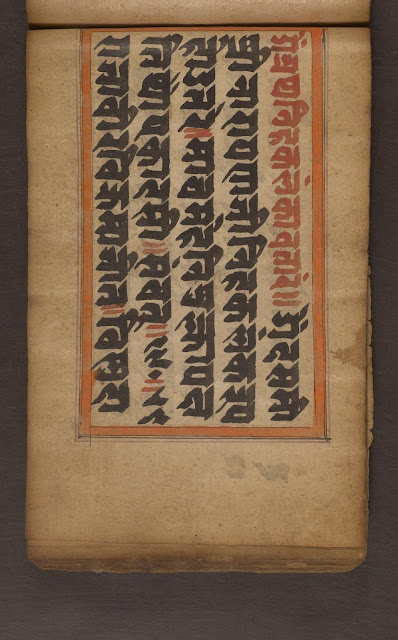This architecture Book is all about perspective. Compiles engravings from Hieronymus Cock, Hans Vredeman de Vries (most of them published on his Book “Small architectural perspective views”) and Jan van Doetecam, published in 1601 by Theodor Galle as part of the 1st ed. of the present work. There’s a 2nd ed. by Theodor's son Jan (undated).
Engraves are about building interiors, courtyards, and city streets with canals placed within oval frames set in rectangles, corners are filled with ornament of various sorts.
Codex has no text or table of contents, no page numbers; and has been digitized by Getty Research Institute.
-Updated on October 14th- The usual list of External links (recommended):
-Updated on October 14th- The usual list of External links (recommended):
- Oxford Art journal article: Hieronymus Cock's Aesthetic of Collapse
- Variae Architecturae Formae (by Jan van Doetecam) is available at amazon.com, direct link here. Even at Barnes&Noble, link here. See price (15 USD??) on both links...
_P%C3%A1gina_049.jpg)
_P%C3%A1gina_053.jpg)
_P%C3%A1gina_055.jpg)
_P%C3%A1gina_087.jpg)
_P%C3%A1gina_093.jpg)
_P%C3%A1gina_085.jpg)



